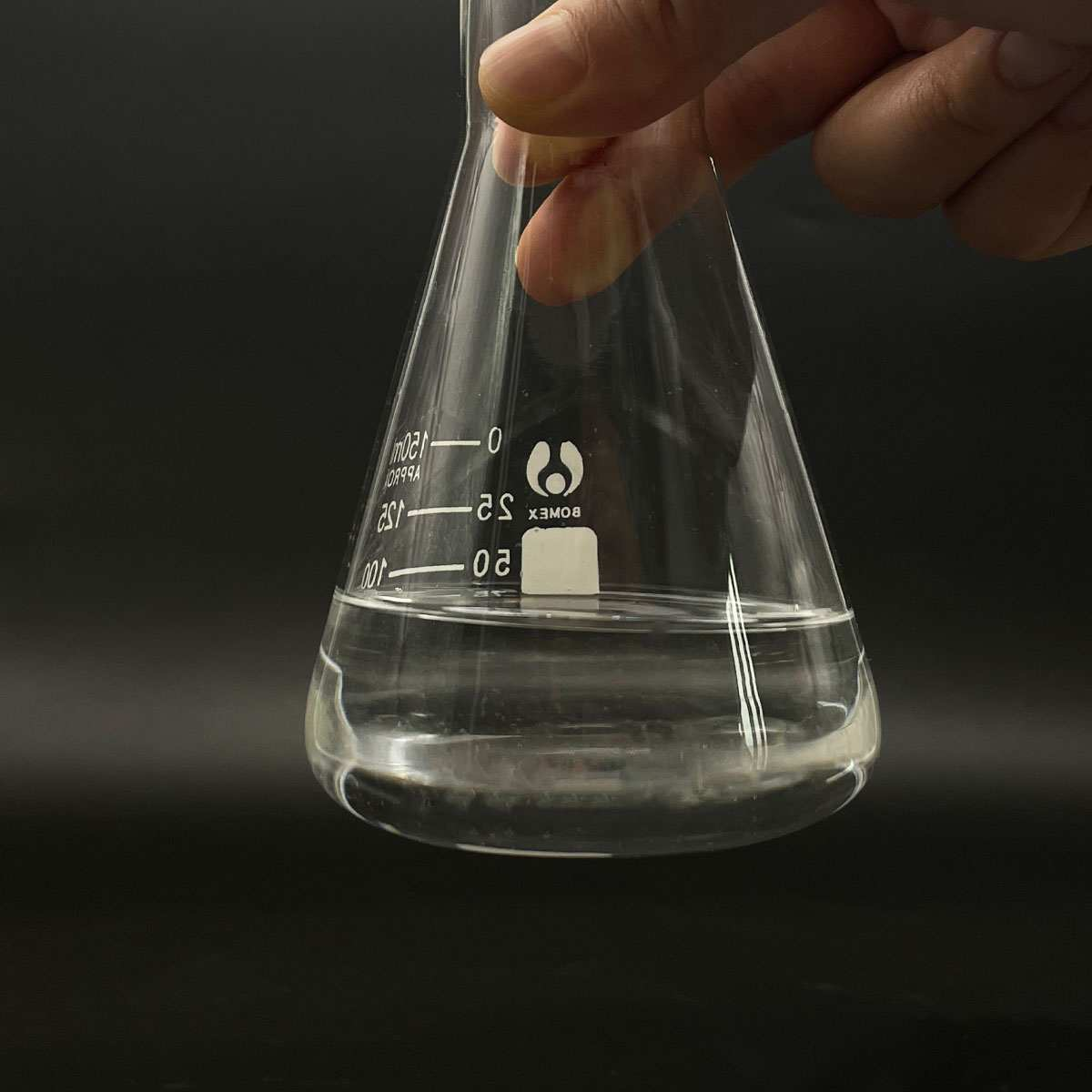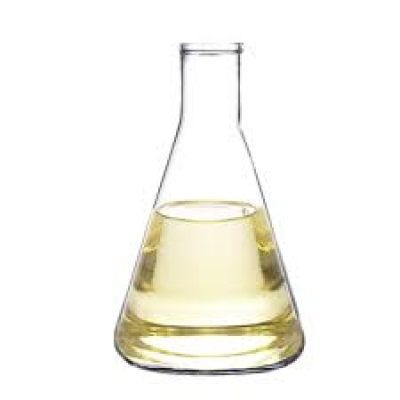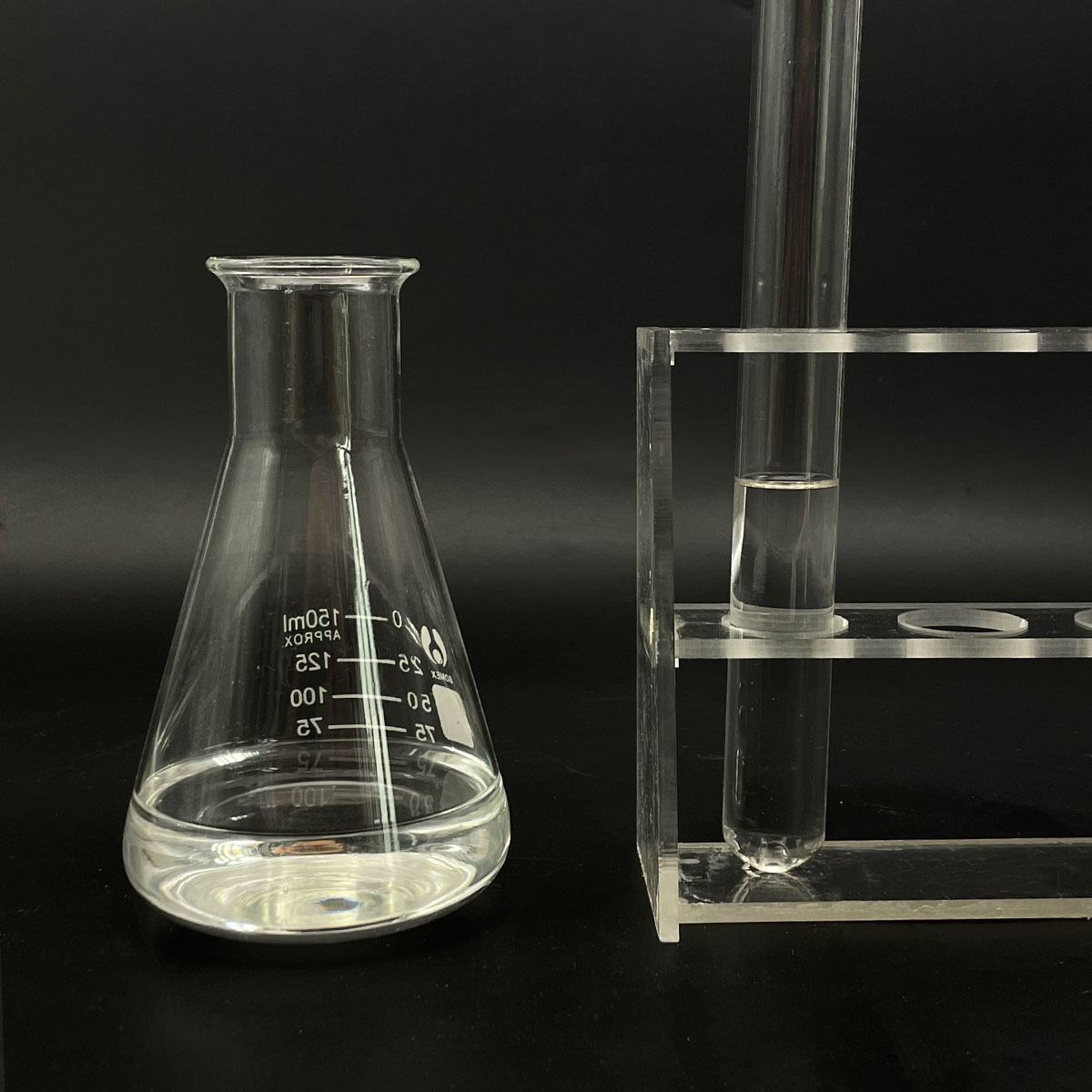1. Introduction
In the past 48 hours, a viral TikTok trend has reignited public concern over ‘sls sodium lauryl sulfate‘ in everyday personal care products, with users sharing DIY swaps using ‘coco glucoside’ and ‘decyl glucoside’ as gentler alternatives. This surge in interest highlights a growing consumer shift toward sulfate-free and bio surfactants—natural, biodegradable compounds derived from coconut or corn. Against this backdrop, understanding what sodium lauryl sulfate really is—and how it compares to other surfactants—has never been more relevant.

Sodium lauryl sulfate (SLS), also known as sodium dodecyl sulfate or natrium lauryl sulfate, is one of the most common anionic surfactants used globally. Found in everything from toothpaste and shampoo to industrial cleaners and even surfactant for weed killer formulations, SLS is prized for its powerful foaming and cleansing abilities. But with rising questions about skin irritation and environmental impact, many are turning to milder options like sodium laureth sulfate, cocamidopropyl betaine, or alkyl polyglucoside. This article breaks down the science, uses, and alternatives to SLS in clear, accessible terms.
2. What Is Sodium Lauryl Sulfate?
Sodium lauryl sulfate (often abbreviated as SLS or sls sodium lauryl sulfate) is a synthetic surfactant derived from lauryl alcohol, typically sourced from coconut or palm kernel oil. Chemically, it’s known as sodium dodecyl sulfate, with the formula CH₃(CH₂)₁₁OSO₃⁻Na⁺. As an anionic surfactant, it carries a negative charge in solution, which allows it to bind to oils, grease, and dirt—lifting them away from surfaces when rinsed with water.
The meaning of surfactant lies in its name: ‘surface-active agent.’ Surfactants reduce surface tension between liquids or between a liquid and a solid, enabling better spreading, wetting, and emulsifying. This is why SLS is so effective in shampoos—it helps water penetrate oily hair and scalp, creating rich lather that carries away impurities. You’ll also find sodium lauryl ether sulphate in shampoo formulations, often labeled as sodium laureth sulfate or laureth sulphate, which is a slightly milder ethoxylated version of SLS.
3. Common Applications of SLS

Sodium lauryl sulfate for sale is widely available to both manufacturers and consumers due to its versatility. In personal care, it’s a key ingredient in toothpastes (for foaming), facial cleansers, body washes, and shampoos. Industrially, it’s used in detergents, floor cleaners, and even as a wetting agent for grass in lawn care products—acting as a lawn wetting agent to help herbicides penetrate waxy plant leaves.
Beyond cosmetics, SLS appears in agricultural formulations as a surfactant for herbicides, improving the spread and adherence of weed killers like Roundup. It’s also used in laboratory settings for protein denaturation and in some pharmaceuticals. Companies like Rohit Surfactants Private Limited supply bulk SLS and related compounds such as sodium lauryl ether sulphate, ammonium lauryl sulfate, and sodium dodecylbenzene sulfonate to global markets.
4. Safety, Controversy, and Misconceptions
Despite its widespread use, SLS has faced criticism for potentially causing skin and eye irritation, especially in high concentrations or with prolonged exposure. However, regulatory bodies like the FDA and EU Cosmetic Regulation deem it safe at typical usage levels (usually 1–15% in rinse-off products). It’s important to distinguish SLS from sodium laureth sulfate (SLES)—often confused as ‘sls sodium laureth sulfate’—which is less irritating due to ethoxylation (the addition of ethylene oxide groups).
Contrary to popular myths, SLS is not carcinogenic. The confusion often stems from contamination concerns with 1,4-dioxane in SLES (not SLS), which modern purification processes largely eliminate. Still, sensitive skin types may prefer alternatives like sodium cocoyl isethionate, sodium lauroyl sarcosinate, or coco betaine (also called amidopropyl betaine or cocamido).

5. Popular Alternatives to SLS
As demand for gentler, eco-friendly options grows, several SLS alternatives have gained traction:
- Alkyl polyglucoside and decyl glucoside: Non-ionic surfactants derived from sugar and coconut oil, known for being mild and biodegradable.
- Cocamidopropyl betaine (or coco amido propyl betaine): An amphoteric surfactant that works well with anionic types to reduce irritation and boost foam.
- Sodium coco sulfate and coco sodium sulfate: Milder anionic surfactants made from coconut oil, often used in ‘sulfate-free’ claims (though technically still sulfates).
- Sodium lauroyl methyl isethionate and sodium cocoyl glutamate: Amino acid-based surfactants prized in luxury cleansers for their silkiness.
Nonionic surfactants like polysorbate 80, Span80, Pluronic 127 (poloxamer 188), and ethoxylated alcohols are also common in formulations where low foaming or high solubility is needed. For agricultural use, lignin sulfonate and methylated seed oil serve as effective, biodegradable surfactants for herbicides.
6. The Broader Surfactant Landscape
Surfactants fall into four main categories based on their charge: anionic (like SLS and sodium lauryl sulfate), cationic (e.g., cetyl trimethyl ammonium bromide or CTAB), non-ionic (like coco glucoside), and amphoteric (such as cocamidopropyl betaine). Each type serves different functions—anionic for cleaning, cationic for antimicrobial effects, non-ionic for emulsifying, and amphoteric for mildness and foam stabilization.
Fluoro surfactants and sodium deoxycholate are niche types used in specialized applications, while bio surfactants—derived from microbes or plants—are gaining ground due to sustainability. Even compounds like sodium oleate (from olive oil) and copper 1 bromide complexes are explored in green chemistry contexts.
7. Conclusion
Sodium lauryl sulfate remains a workhorse surfactant thanks to its effectiveness and low cost, but evolving consumer preferences are driving innovation toward milder, renewable alternatives. Whether you’re formulating a shampoo, selecting a weed killer, or simply reading a label, understanding the differences between SLS, sodium laureth, alkyl polyglucoside, and other surfactants empowers smarter choices. As the market shifts, expect to see more products featuring ‘sodium lauryl sulfate-free’ claims—backed by science, not just trends.
Our Website founded on October 17, 2012, is a high-tech enterprise committed to the research and development, production, processing, sales and technical services of ceramic relative materials such as Sodium. Our products includes but not limited to Boron Carbide Ceramic Products, Boron Nitride Ceramic Products, Silicon Carbide Ceramic Products, Silicon Nitride Ceramic Products, Zirconium Dioxide Ceramic Products, etc. If you are interested, please feel free to contact us.


